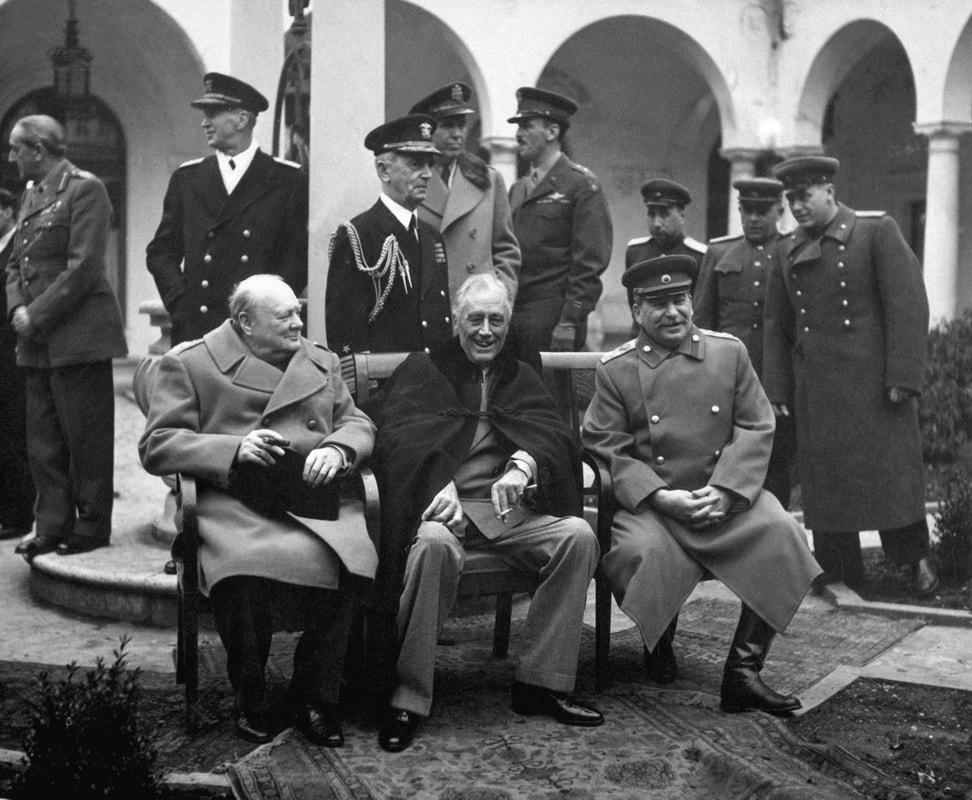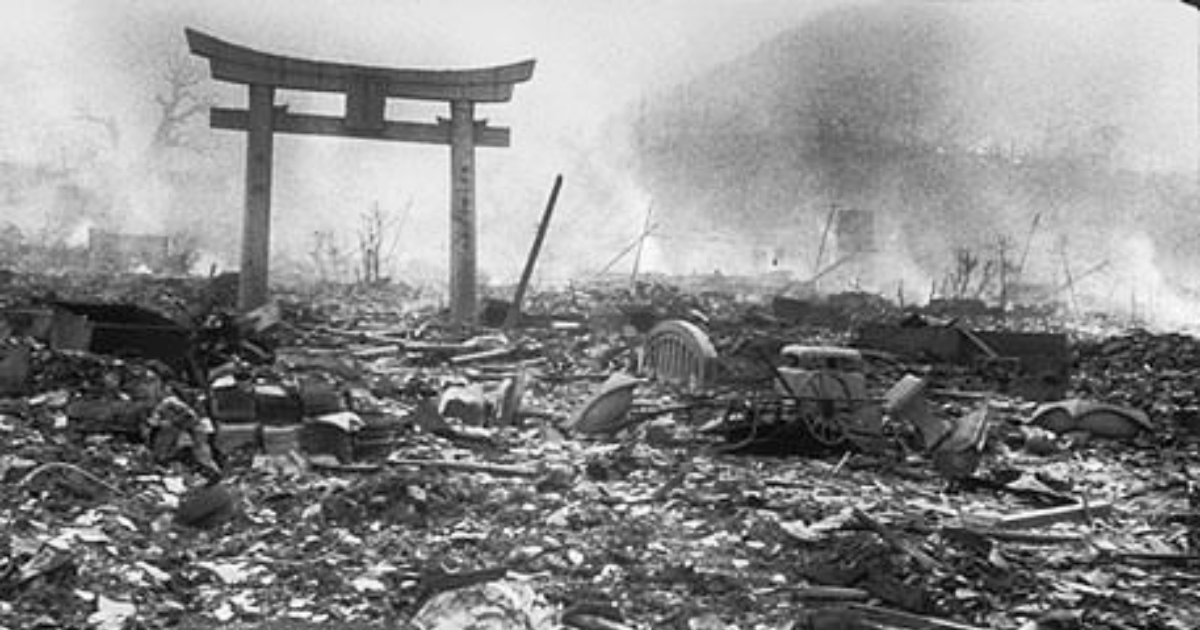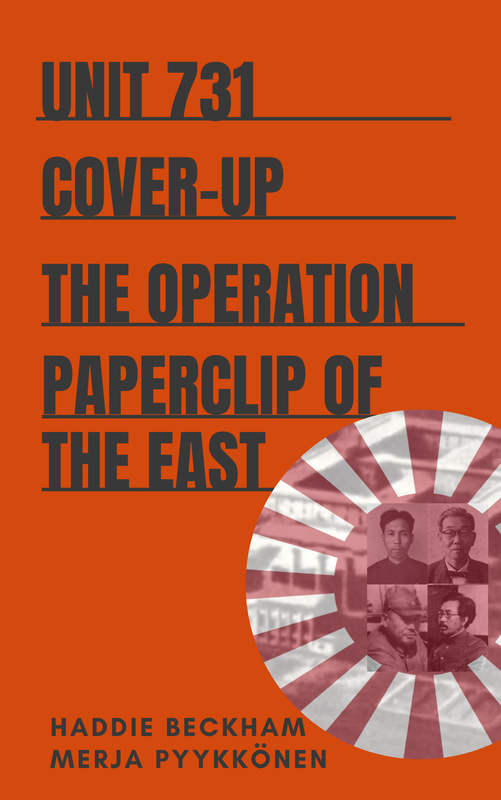- Home
- Stories
-
Internship
- Summer 2024 Internship
- Summer 2023 Internship
- Fall 2022 Internship
- Summer 2022 Internship
- Summer 2021 Internship
- Fall 2020- Spring 2021 Internship
- Summer 2020 Internship
- Fall 2019 Internship
- Summer 2019 Internship >
- School Year 2018-2019 Internship
- Summer 2018 Internship >
- Fall 2017 Internship
- Summer 2017 Internship >
- Books
- Archives
-
Resource Page
-
Supplementary Research Guides
>
- Unit 731 - Guide >
-
Philippines' Resistance - Guide
>
- Philippines World War II Timeline
- The Japanese Invasion & Conquest of the Philippines
- Bataan Death March
- Formation of Underground Philippines Resistance
- Supplies of the Guerrilla Fighters
- The Hukbalahap
- Hunter's ROTC
- Marking's Guerrillas
- United States Army Forces in the Philippines of Northern Luzon (USAFIP-NL)
- The Aetas
- Chinese and Filipino-Chinese Nationalist Guerrilla Units
- The Female Faces of the Philippine Guerrillas
- Rising Sun Flag - Guide >
- Pinay Guerrilleras - Guide >
- Fall of Singapore - Guide >
- Three Years and Eight Months - Guide >
- Siamese Sovereignty - Guide >
- The Khabarovsk War Crimes Trial - Guide >
- Unit 731 Cover-up : The Operation Paperclip of the East - Guide >
- Marutas of Unit 731 - Guide >
- Prince Konoe Memoir - Guide >
- Competing Empires in Burma - Guide >
- Battle of Shanghai - Guide >
- Ishi Shiro - Guide >
- Taiwan The Israel of the East - Guide >
- Seeking Justice for Biological Warfare Victims of Unit 731 - Guide >
- Rice and Revolution - Guide >
- Clash of Empires - Guide >
-
Hunger for Power and Self-SufficiencyI - Guide
>
- The Influence of War Rations on Post-War Culinary Transformations
- How World War II Complicated Food Scarcity and Invention
- American Military Innovations
- Government-Sponsored Food Inventions in Europe during World War II
- Feeding the Army: The Adaptation of Japanese Military Cuisine and Its Impact on the Philippines
- Mixed Dishes: Culinary Innovations Driven by Necessity and Food Scarcity
-
Denial A Quick Look of History of Comfort Women and Present Days’ Complication - Guide
>
- The Comfort Women System and the Fight for Recognition
- The Role of Activism and International Pressure
- The Controversy over Japanese History Textbooks
- The Sonyŏsang Statue and the Symbolism of Public Memorials
- Activism and Support from Japanese Citizens
- The Future of Comfort Women Memorials and Education
- Echoes of Empire: The Power of Japanese Propaganda - Guide >
- Lesson Plans >
-
Supplementary Research Guides
>
Tensions of Cold War
Tensions of Cold War A few months after giving the BW scientists official freedom, the U.S. dug deeper into the Soviet activity in the field. It was stated that it was no secret that the Soviet Union had indeed practiced offensive BW during WWII, but also after it. Reports of post-war usage began to surface, but similarly as with all of the “unreliable” sources the U.S. had received information about the Japanese, American intelligence operations
dismissed most of those Soviet activity witnesses as “absolutely unqualified” people. It appears, that once again, the U.S. practiced selective choice of sources of offensive Soviet BW activities towards the Chinese. However, it was stated that there is absolutely every reason to believe that due to the Soviet Union’s past, they were studying the topic intensively.
dismissed most of those Soviet activity witnesses as “absolutely unqualified” people. It appears, that once again, the U.S. practiced selective choice of sources of offensive Soviet BW activities towards the Chinese. However, it was stated that there is absolutely every reason to believe that due to the Soviet Union’s past, they were studying the topic intensively.
The "Big Three" at the Yalta Conference: Winston Churchill, Franklin D. Roosevelt and Joseph Stalin, 1945
Yalta Conference foreshadows the Cold War
Yalta Conference foreshadows the Cold War
Maintaining a continuing level of distrust regarding communism and the Soviets, the U.S. began to take measures of national security, involving the
“protection” and safety of other nations as well. In the process, Japan indeed proved to be a very good companion on the Pacific side of the world. Prolonging his anti-communist takeover of Japan, General MacArthur continued to work in Japan to secure its democratic and positive mindset toward the U.S. Hunting down communists and building better economic frames mainly generated good results, as Japan followed the U.S.
The continuation of the Cold War appeared naturally to empower the U.S. which included follow up cooperation of the Japanese and American BW scientists. The promises of immunity, moreover, have even more multiple benefits for the Japanese that they could have not imagined. Not only were
they free to walk away from the painful human experiments conducted on innocent people during the war, but also their expertise was highly appreciated as professional scientific knowledge. Despite denying the cooperation, it seems as at least some of the Japanese BW experts visited the U.S. and were rumoured to have observed and participated in several BW tests. One of those included the former Unit 731 scientist, Mr. Naito, who somehow was not at first “identified” by the Occupation forces to have been the person who tried to obtain yellow fever from the U.S., and who was able to maintain a successful medical career after the Tokyo War Crimes Trial.
“protection” and safety of other nations as well. In the process, Japan indeed proved to be a very good companion on the Pacific side of the world. Prolonging his anti-communist takeover of Japan, General MacArthur continued to work in Japan to secure its democratic and positive mindset toward the U.S. Hunting down communists and building better economic frames mainly generated good results, as Japan followed the U.S.
The continuation of the Cold War appeared naturally to empower the U.S. which included follow up cooperation of the Japanese and American BW scientists. The promises of immunity, moreover, have even more multiple benefits for the Japanese that they could have not imagined. Not only were
they free to walk away from the painful human experiments conducted on innocent people during the war, but also their expertise was highly appreciated as professional scientific knowledge. Despite denying the cooperation, it seems as at least some of the Japanese BW experts visited the U.S. and were rumoured to have observed and participated in several BW tests. One of those included the former Unit 731 scientist, Mr. Naito, who somehow was not at first “identified” by the Occupation forces to have been the person who tried to obtain yellow fever from the U.S., and who was able to maintain a successful medical career after the Tokyo War Crimes Trial.
Cultural repercussions
|
Not only affecting the politics and relationships the U.S. had with other nations, the immunity grant correlated with the cultural image Japan began to create once the occupation was over. Still in Japan, U.S. placed restrictions on the contents of textbooks and studies Japan could produce, that either dismissed or ignored the atomic bombs and other writings that shed questionable light the U.S. authorities. Without taking much time, Japan continued on the same road of hiding the past once American forces exited Japan for good—with the exception that Japan was painted as having been the victim of the war, and the horrors of BW and the destruction of Chinese cities and towns were left out of the education.
|
Atomiс bombing aftermath, 1945
|
Unlike Germany, Japan was given the tools to disregard its history of WW2 and as such, the immunity grant affected the cultural and educational atmosphere of Japan’s society. Shedding a bright light on the inhumane experiments carried out by the Japanese BW criminals, a strong sense of judgement could have been encouraged among global citizens.
Related Book
Unit 731 Cover-up :
|
|
Pacific Atrocities Education
730 Commercial Street San Francisco, CA 94108 415-988-9889 |
Copyright © 2021 Pacific Atrocities Education.
We are a registered 501 (c)(3) charity. |
- Home
- Stories
-
Internship
- Summer 2024 Internship
- Summer 2023 Internship
- Fall 2022 Internship
- Summer 2022 Internship
- Summer 2021 Internship
- Fall 2020- Spring 2021 Internship
- Summer 2020 Internship
- Fall 2019 Internship
- Summer 2019 Internship >
- School Year 2018-2019 Internship
- Summer 2018 Internship >
- Fall 2017 Internship
- Summer 2017 Internship >
- Books
- Archives
-
Resource Page
-
Supplementary Research Guides
>
- Unit 731 - Guide >
-
Philippines' Resistance - Guide
>
- Philippines World War II Timeline
- The Japanese Invasion & Conquest of the Philippines
- Bataan Death March
- Formation of Underground Philippines Resistance
- Supplies of the Guerrilla Fighters
- The Hukbalahap
- Hunter's ROTC
- Marking's Guerrillas
- United States Army Forces in the Philippines of Northern Luzon (USAFIP-NL)
- The Aetas
- Chinese and Filipino-Chinese Nationalist Guerrilla Units
- The Female Faces of the Philippine Guerrillas
- Rising Sun Flag - Guide >
- Pinay Guerrilleras - Guide >
- Fall of Singapore - Guide >
- Three Years and Eight Months - Guide >
- Siamese Sovereignty - Guide >
- The Khabarovsk War Crimes Trial - Guide >
- Unit 731 Cover-up : The Operation Paperclip of the East - Guide >
- Marutas of Unit 731 - Guide >
- Prince Konoe Memoir - Guide >
- Competing Empires in Burma - Guide >
- Battle of Shanghai - Guide >
- Ishi Shiro - Guide >
- Taiwan The Israel of the East - Guide >
- Seeking Justice for Biological Warfare Victims of Unit 731 - Guide >
- Rice and Revolution - Guide >
- Clash of Empires - Guide >
-
Hunger for Power and Self-SufficiencyI - Guide
>
- The Influence of War Rations on Post-War Culinary Transformations
- How World War II Complicated Food Scarcity and Invention
- American Military Innovations
- Government-Sponsored Food Inventions in Europe during World War II
- Feeding the Army: The Adaptation of Japanese Military Cuisine and Its Impact on the Philippines
- Mixed Dishes: Culinary Innovations Driven by Necessity and Food Scarcity
-
Denial A Quick Look of History of Comfort Women and Present Days’ Complication - Guide
>
- The Comfort Women System and the Fight for Recognition
- The Role of Activism and International Pressure
- The Controversy over Japanese History Textbooks
- The Sonyŏsang Statue and the Symbolism of Public Memorials
- Activism and Support from Japanese Citizens
- The Future of Comfort Women Memorials and Education
- Echoes of Empire: The Power of Japanese Propaganda - Guide >
- Lesson Plans >
-
Supplementary Research Guides
>


